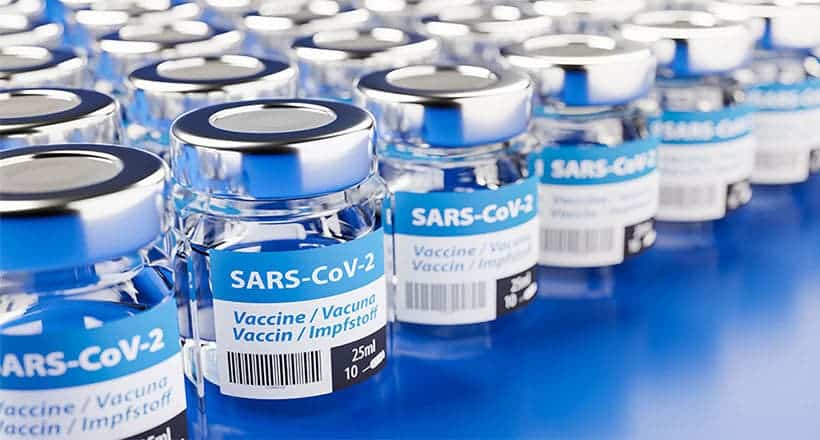The company released its clinical data after a tantalizing wait: the first major vaccine that only requires a single-jab (instead of the two needed for the Pfizer, Moderna, and AstraZeneca vaccines) seems to also be effective. It’s not the 95% efficacy reported by other vaccines, but it’s still 85% effective at preventing hospitalizations and 66% effective at preventing moderate and severe cases. Overall efficacy is 72%, Johnson and Johnson says.

The results were eagerly awaited. For starters, any additional vaccine is important because it means more doses and more vaccine availability. But J&J’s vaccine (called ENSEMBLE) offers an important bonus: it only needs one single dose. This means that for the same number of doses, you can vaccinate twice as many people. In addition, it doesn’t require ultra-cold temperatures like other vaccines.
“There’s no question that this vaccine is going to be a game-changer,” Dr. Mathai Mammen, global head of pharmaceutical research and development for Johnson & Johnson, told CBS News’ Dr. Tara Narula. “The real-world effectiveness of this vaccine is apt to be very high.”
The move comes right on the heels of another exciting announcement from Novavax, whose vaccine also seems to be very effective (89.3% in the British trial, where over half of all cases were from the more menacing British variant — so it’s effective against that one as well).
J&J’s vaccine also uses a different technology than the other ones. The Pfizer and Moderna vaccines use mRNA, while Novavax is protein-based. This single-dose vaccine uses a weakened version of the cold virus to enter human cells and trigger an immune response that helps fight the actual coronavirus (without actually infecting you with the coronavirus).
“Our goal all along has been to create a simple, effective solution for the largest number of people possible, and to have maximum impact to help end the pandemic,” said CEO Alex Gorsky.
It’s still a significant difference (from approximately 90% to 70%), a difference that will leave many people wondering which vaccine they should opt for — but the very idea that we may be given a choice between vaccines is more than we could have hoped for half a year ago (and realistically, it won’t be an issue in the vast majority of cases).
“Don’t let the perfect get in the way of the good enough,” Kizzmekia Corbett, one of the vaccine developers for Moderna, tweeted on Friday, encouraged by the efficacy percentages of ENSEMBLE.
“The potential to significantly reduce the burden of a severe disease, by providing an effective and well-tolerated vaccine with just one immunization, is a critical component of the global public health response,” said Paul Stoffels, the chief scientific officer of Johnson & Johnson.
The trials involved 44,000 participants in the US, South America, and South Africa — and the efficacy of the vaccine varied significantly from one area to the other: moderate and severe cases were reduced by 72% in the US, 66% in Latin America, and 57% in South Africa, where the South African was the prevalent one. When it comes to preventing hospitalization, the vaccine was 85% effective overall, which is far more encouraging.
“If you can prevent severe disease in a high percentage of individuals, that will alleviate so much of the stress and human suffering and death,” commented Anthony Fauci for CNN.
“You know what the problem is? If this were out there and we didn’t have the Moderna 94-95% …. We would have said wow, a 72% effective vaccine that’s even more effective against severe disease is really terrific,” he added in a telephone interview.
It’s easy to get a bit confused among all these figures and unclear terms like “severe diseases”, but here’s what this means: severe cases mean people who feel very sick — but the vast majority of them can receive treatment at home. Just a minority of severe cases require hospitalization — so when it comes to preventing these hospitalizations, the vaccine has very high efficacy, which is exceptional for a cheap, single-dose vaccine. But when it comes to symptomatic cases that don’t require hospitalization, its effectiveness drops substantially for the South African variant, which can spell problems down the line as more variants may appear.
Creating not one, but several vaccines in less than a year is a striking development, but producing and distributing it to billions of people is a whole new challenge. The more reliable vaccines we have, the better our chances of exiting the pandemic and limiting the damage it caused. It won’t be easy, but for a change, there’s an actual light at the end of the tunnel now.


